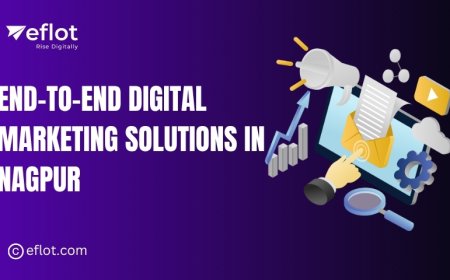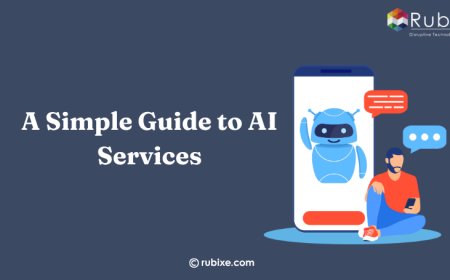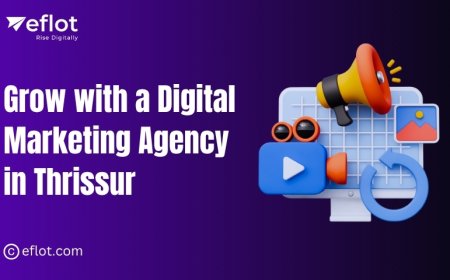The 7 Hidden Metrics You’re Not Tracking in Google Ads
Unlock better ROI in Google Ads by tracking 7 hidden metrics most miss. Optimize budget, bids, and performance with smarter data insights.

Unlocking the true power of Google Ads means looking beyond the obvious metrics. While clicks, impressions, and conversions are important, several hidden metrics can give you deeper insights into how your campaigns are performingand where they need improvement. Whether youre a small business owner or a digital marketer, paying attention to these lesser-known indicators will help you fine-tune your strategy and get more bang for your buck.
Why Tracking Hidden Metrics Matters
Most advertisers focus on surface-level numbers like click-through rate (CTR) and cost per click (CPC). These tell you whats happening on the surface but dont explain why its happening. By digging into hidden metrics, you uncover the why behind your results, helping you
-
Spot trends before they become problems
-
Allocate budget more effectively
-
Optimize ad creatives and bidding strategies
For example, if youre using Digital Marketing services in Chennai, knowing which hidden metrics to track can help you outperform competitors by making smarter, data-driven decisions early on.
1. Search Impression Share
What it is: The percentage of impressions your ads received compared to the total impressions you were eligible to get.
Why it matters: A low impression share often means youre losing opportunities due to budget limits or low ad rank.
How to improve it: Increase your daily budget or improve your Quality Score by refining ad relevance and landing page experience.
2. Search Lost IS (Budget)
What it is: The share of time your ads didnt show because your budget was too low.
Why it matters: You could be missing out on clicks simply because your wallet ran dry.
How to improve it: Evaluate your campaigns ROI and consider reallocating budget from low-performing campaigns to high-potential ones.
3. Search Lost IS (Rank)
What it is: The share of time your ads didnt appear because your ad rank was too low.
Why it matters: You might have enough budget, but your ads arent competitive.
How to improve it: Boost your bid or enhance ad relevance by including strong keywords and clear calls to action.
4. Quality Score Components
What it is: A composite metric made up of expected click-through rate, ad relevance, and landing page experience.
Why it matters: Quality Score influences both CPC and ad position. Improving any component can lower costs and raise your position.
How to improve it:
-
Expected CTR: Test different headlines and descriptions.
-
Ad Relevance: Match your ad copy closely to search queries.
-
Landing Page Experience: Ensure fast load times and useful content.
5. Absolute Top Impression Share
What it is: The percentage of impressions your ad received in the very top position on search results.
Why it matters: Being in the absolute top spot drives the most visibility and clicks.
How to improve it: Monitor this metric alongside average position to determine if you need to raise bids or improve Quality Score.
6. Conversion Lag
What it is: The number of days between a click and a conversion.
Why it matters: If conversions take longer than you expect, you could under-invest in campaigns that actually perform well over time.
How to improve it: Analyze time-lag data to set realistic attribution windows and adjust your bidding strategy to account for delayed conversions.
7. View-Through Conversions
What it is: Conversions that happen after a user sees (but doesnt click) your display ad and later converts on your site.
Why it matters: Standard click-based metrics ignore these, underestimating the impact of your display campaigns.
How to improve it: Include view-through conversions in your reporting to get the full picture, then optimize your display creatives and targeting.
Putting It All Together
Tracking these seven hidden metrics will give you a clearer, more complete view of your Google Ads performance. Start by comparing your current reports against these metricsspot the gaps, address the shortfalls, and watch your campaigns grow more efficient.
Pro tip: Regularly audit your account structure and reporting columns to ensure these metrics are front and center. If youre new to Google Ads or want expert guidance, partnering with a specialist can accelerate your learning curve.
By going beyond clicks and conversions, youll uncover opportunities to sharpen your bidding, refine your creatives, and allocate budget where it truly counts. And if youre looking to amplify both paid and organic performance, consider integrating your ad insights with SEO strategiesperhaps even teaming up with trusted SEO services in Chennai to bridge the gap between paid search and search engine optimization.
Harnessing these hidden metrics is like finding a secret map to treasurefollow it closely, and youll navigate your campaigns toward higher ROI and sustainable growth.




































